Graham Reid | | 5 min read
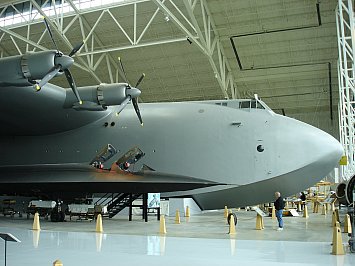
In a flat field outside the small town of McMinnville in northwest Oregon is a building so large that cars visibly slow on the highway so the occupants can take a look at it.
Even in America -- the birthplace of bigness -- this enormous squat A-frame with its frontage of glass panels is an outstanding structure.
And it houses one of the biggest and most eccentric aircraft in the world.
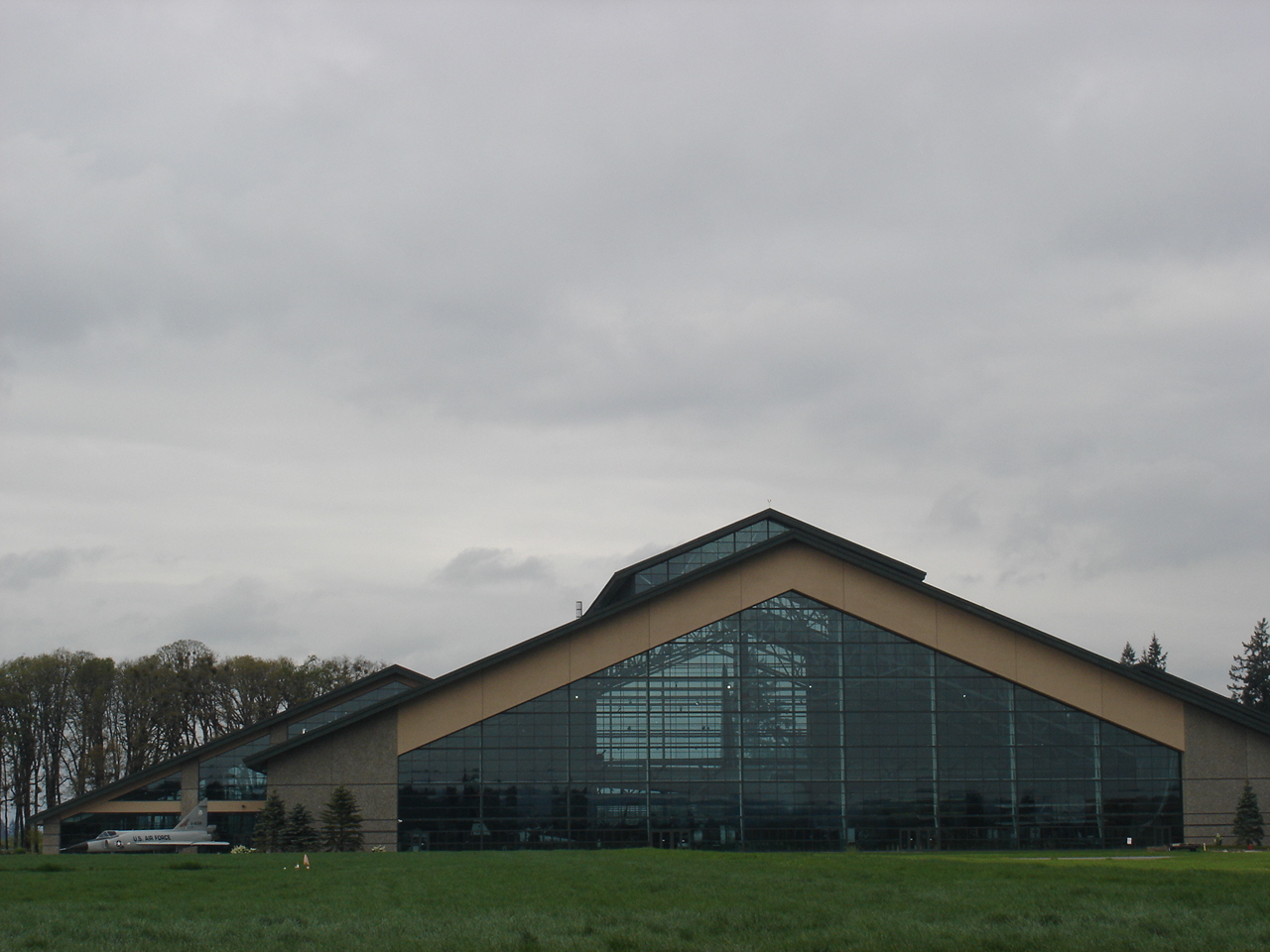
It only flew once -- one and a half kilometres, and just 20 metres above the bay near Los Angeles in November 1947 -- but it has entered the popular imagination for its sheer conceit. It is the so-called Spruce Goose , a name Hughes hated as the plane is mostly made from birch.
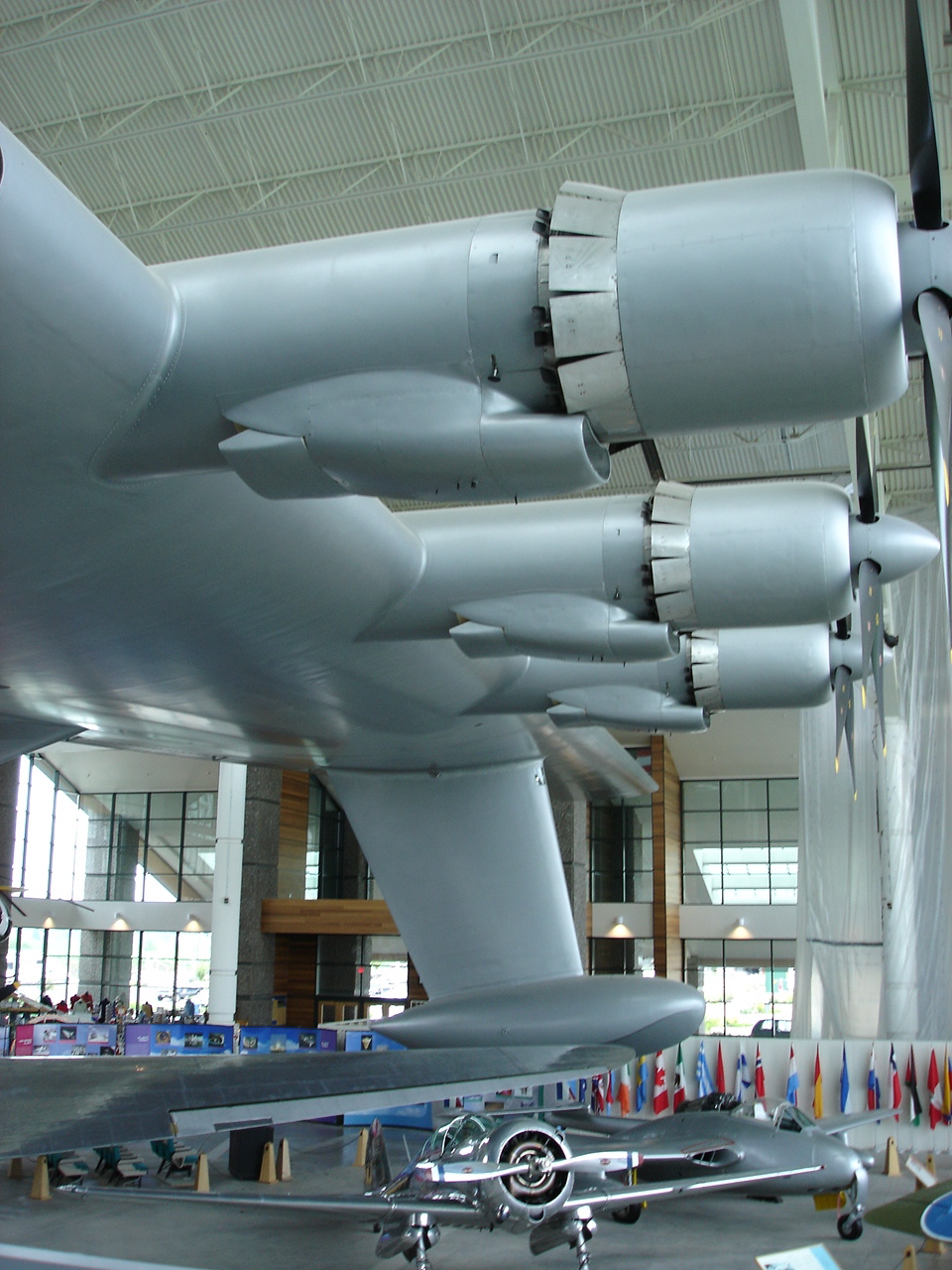
The Hughes H-4 -- also known as the HK-1 -- is the world's largest wooden aircraft with the longest wingspan ever constructed. Just to the left of its enormous nose is a replica of the Wright Brothers' 1903 craft which flew about 37 metres. The fragile object could have flown that distance and still been on the same wing of the H-4.
Beneath the gigantic wings of the H-4 other aircraft like a Douglas A-26C Invader and a Phantom 11 fighter jet are dwarfed.
Inevitably an ambitious project such as the H-4 had a troubled history -- all of it recounted in video footage and booklets available in this museum dedicated to the life and memory of Captain Michael King Smith, a gifted F-15 pilot and leader of the 123rd Fighter Squadron of the Oregon Air National Guard.
The son of Evergreen International Aviation's founder Delford M Smith, it was Michael's dream to have an educational museum of flight, and pride of place would be the huge and controversial Hughes flying boat. He did not live to see his dream realised, he was killed in a car accident in 1995 at age 29, two years after the H-4 was dismantled in California and moved up by sea to Portland on its way to the museum.
The aircraft was reconstructed and opened to the public in June 2001.
Visitors can climb up a flight of steps to enter the body of the aircraft and gaze down it's extraordinary length, long enough to contain two 30-ton tanks with armour and their crews.
It is so long it disappears into the distance, the ribbing seemingly becoming smaller and smaller concentric rings down a never-ending hallway.
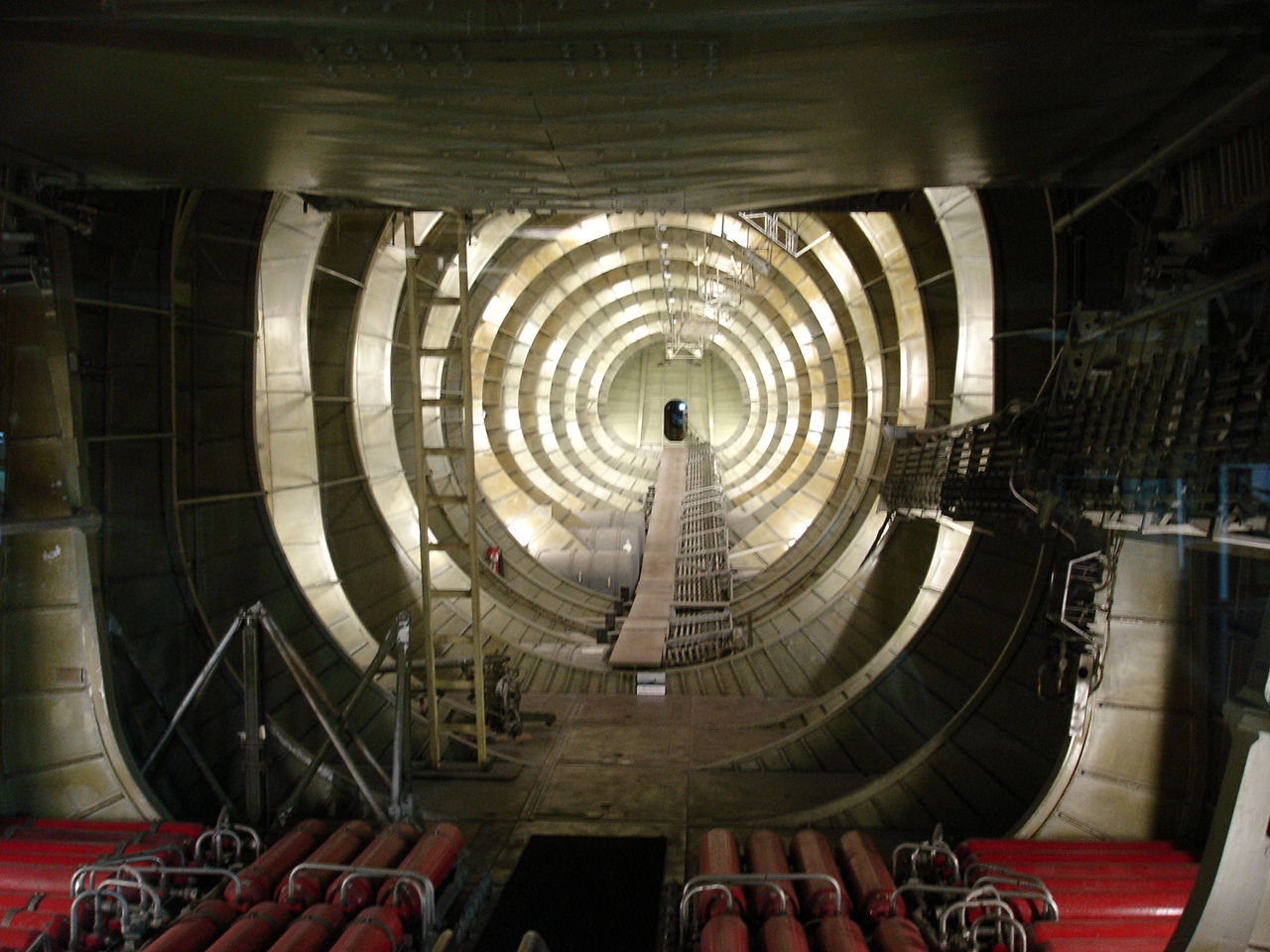
The idea for a huge flying boat came after America entered the Second World War and its sea-going vessels were being blown out of the Atlantic by Germany's U-boat fleet. An airbridge for troops and supplies was mooted but, because of shortages and the pressing need for aluminium for already proven aircraft, Hughes was commissioned by industrialist Henry Kaiser to look for alternative materials.
The idea was, with financial assistance from the government, Hughes and his corporation would design and build three massive aircraft: one for testing, two for commission.
But by the time the war ended three years later the plane was still in pieces.
After congressional hearings in which Hughes ("the stormy petral of aviation," according to newsreel narrator Ed Herlihy) had to fight allegations of cost overruns, it was finally taken out for tests on November 2 1947 with Hughes in the pilot seat.

"I like to make surprises," Hughes told the BBC reporter on board.
Legend has it that the aircraft was then mothballed in a hanger specifically built for it in California, but that wasn't the case. Engineers and designers constantly worked on modifying it for many years, even after Hughes -- who became increasingly eccentric and eventually a recluse -- lost interest in it.
After Hughes' death in 76 it was due to be disassembled but the entrepreneur Jack Wrather secured the aircraft and built a hanger for it near the Queen Mary in Long Beach. It was opened to the public in 83 but five years later the Disney Corporation bought Wrather's company and wasn't interested in a huge and expensive aircraft that didn't fly.
Michael King Smith bid for it saying Evergreen Aviation would provide a specially constructed home for it opposite their office and factory site outside of McMinnville. The H-4 was taken apart and shipped by barge to Oregon, then brought down to the farmlands and vineyard country of the Willamette Valley around McMinnville.
And that is where it is today, the centrepiece of an aircraft museum which it inevitably dominates.

While enthusiasts built their own personal flying machine in sheds or garages Bede was plagued with problems in finding an engine to get the thing off the ground. He tried one from a snowmobile but the fuselage couldn't take the strain, he tried a Japanese Xenoah but it proved expensive and complex. A series of engines were tried, some more successful than others. But eventually Bede ran out of money,so enthusiast tried their own engines.
In one month in 1975 four crashed.
As Peter Garrison observed in Homebuilt Airplane magazine, "Those BD-5B's that do fly stay within gliding distance of an airport."
Others however liked the manoeuvrability, speed and handling of these tiny machines. You can get inside the one at Evergreen but it is a squeeze and, even with the safety of solid ground beneath you, you feel terrifyingly close to the front should you have the misfortune to be plummeting to the earth. No bonnet for emotional security.
The other problem was that the first time you took off you would, by definition, be flying solo on a test flight. That scared even the most seasoned of pilots.
But there it is, a tiny and eccentric machine, one man's dream being dwarfed by that of another.
It is a peculiar conjunction that one of the world's smallest aircraft and one of the biggest -- the Hughes H-4 has a wingspan longer than that of the newly unveil Airbus 380 -- are inside the same massive building by the highway outside modest McMinnville in northwest Oregon.

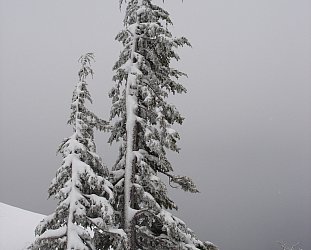

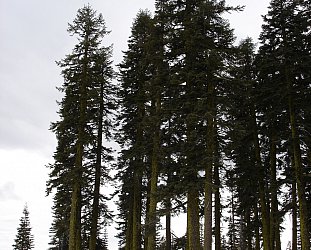



post a comment